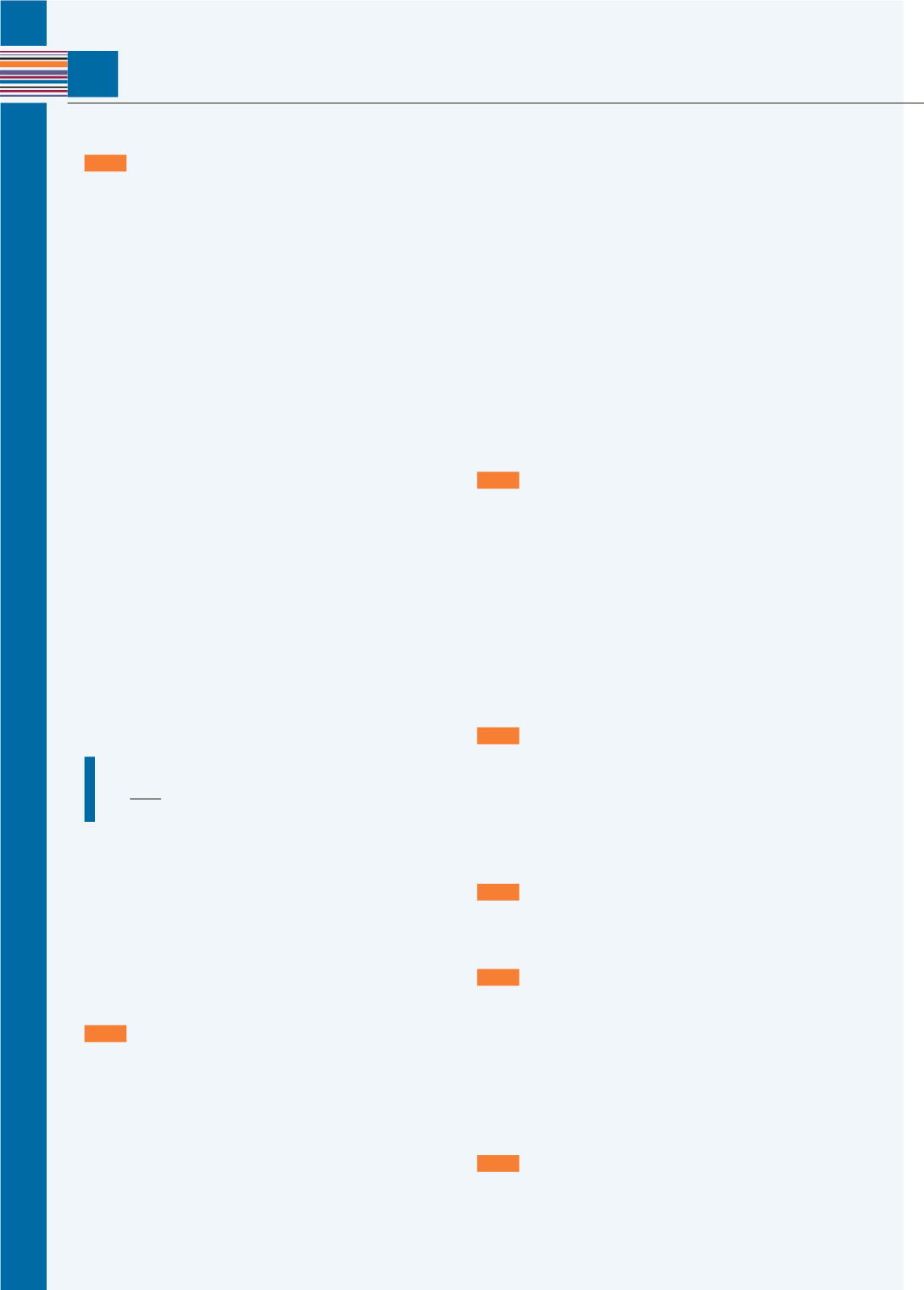
LANGUAGE REFERENCE
138
7
GRAMMAR
G1
MODALS (NECESSITY AND OBLIGATION)
CAN/CAN’T
Use
can
/
can’t
to talk about present ability and
possibility.
We
can
ask him if he’d like to join us.
I
can’t
ski. I don’t know how to.
COULD
Use
could
to say something is possible or likely in
the future.
Your work on this
could
be useful later on.
That table
could
be good for my office.
SHOULD/SHOULDN’T
Use
should
/
shouldn’t
to say if something is advisable
or not.
I think we
should
ask customers what they want.
We probably
shouldn’t
wait any longer to start work
on this.
HAVE TO/MUST
We use both
have to
and
must
to talk about
something that is necessary and important, but there
are some differences in meaning.
Use
have to
to say something is essential or that it is a
general rule.
When you develop a new design you
have to
try it
out a number of times.
It
has to
be strong enough to carry eight people.
Use
must
to say something is necessary or important
in your personal opinion.
I feel that we
must
make the design more modern.
It
must
be on my desk by the end of the day.
!
We do not normally use
you must
or
you mustn’t
in face-to-face conversation. Use
should
instead.
You must be more careful.
û
You should be more careful.
ü
DON’T HAVE TO/MUSTN’T
Use
don’t have to
to say something is not necessary.
It
doesn’t have to
be made of metal. Plastic is fine.
They
don’t have to
be here. We can decide ourselves.
Use
mustn’t
to say it is necessary or important
not
to
do something.
We
mustn’t
forget to tell them about the party.
They
mustn’t
find out about our plans. They wouldn’t
like them.
G2
MODALS (PRESENT DEDUCTION)
Use modal verbs to make guesses (deductions) about
the present, based on evidence. The different modal
verbs express different levels of certainty.
MUST
Use
must
to say that you are certain something is true.
The door is open so Michael
must
be home.
Jane was ill, but she’s running around, so she
must
be a lot better!
CAN’T
Use
can’t
to say that you are certain something is
not
true.
This painting
can’t
be by Rembrandt. It’s much too
modern.
The police say he attacked someone at 7 p.m., but it
can’t
be true because he was with me at that time.
COULD/MIGHT
Use
could
or
might
to say something is possible.
It
could
be true that it was all his own work. It’s
definitely possible.
The package
might
be from David. Open it and
find out!
We can also use modal verbs with a continuous form.
He
must be feeling
better!
They
might be coming
later.
KEY LANGUAGE
KL
DESCRIBING QUALITIES
Another strong point is …
It’s aimed at …
It looks very (stylish/modern/functional/strong) …
It’s functional/innovative/excellent value for money.
It’s made of (wood/metal/leather).
It’s made from (a new material) which is (waterproof/
strong/heat resistant).
It has several (special/unique) features.
It will appeal to …
One of the best qualities is …
There are several (special/unique) features I really like.
VOCABULARY
V1
WORD BUILDING, ADJECTIVES
art, artist, artistic, design (n/v), designer, well-designed,
develop, developer, development, developing,
engineer (n/v), engineering, innovate, innovator,
innovation, innovative, invent, inventor, invention,
inventive, manufacture, manufacturer, manufacturing,
produce, producer, product, productive, scientist,
science, scientific, use (n/v), usable, user
V2
DESIGN
elegant, functional, futuristic, handmade, innovative,
mass-produced, retro, simple, streamlined, stylish,
traditional, up-to-date
V3
MATERIALS, SHAPES AND TEXTURES
MATERIAL
aluminium, canvas, leather, paper, plastic, steel,
straw, wooden
SHAPE
angular, circular, curved, square
TEXTURE
hard, polished, rough, smooth, soft
V4
ABSTRACT NOUNS
advertising, communication, consumerism,
industrialisation, recycling, streamlining


